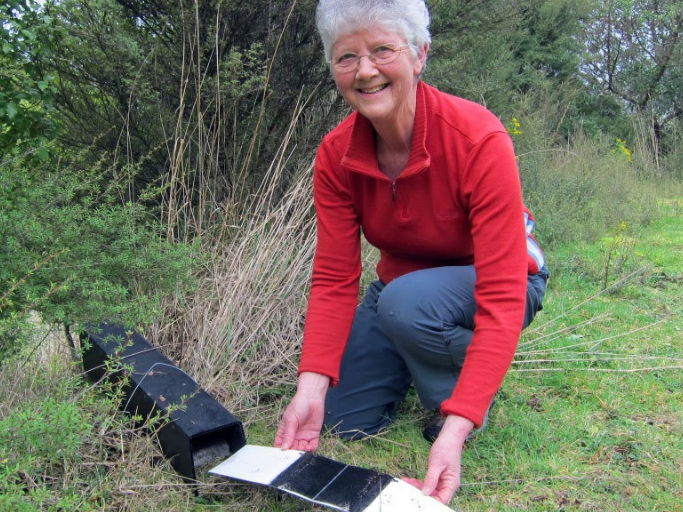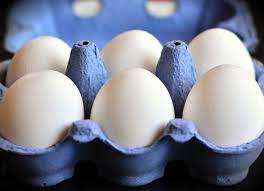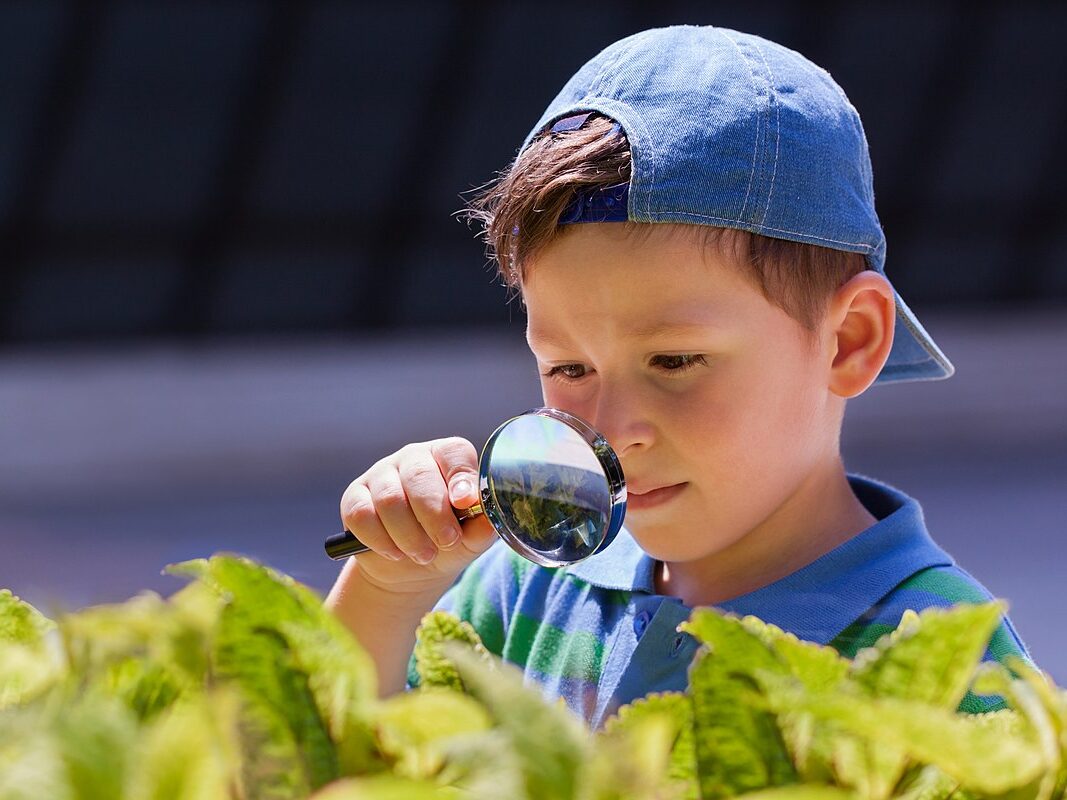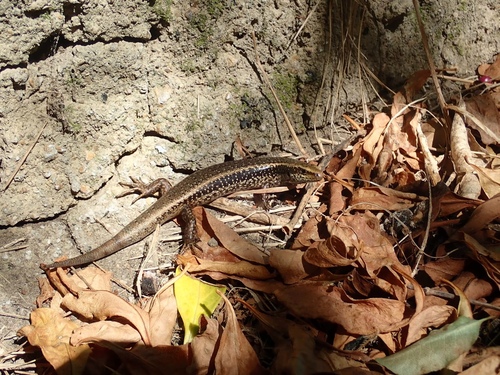ON THIS PAGE
How do tracking tunnels work?
Predators are encouraged into a tunnel by a lure in the middle of the tracking card.
They walk across the sticky ink on the tracking card to reach the lure and leave high definition foot (and sometimes body) prints on the blank section of the card.
Prints on this section of the card do not smudge, so you can compare them to the reference print sheet provided to identify what type of predator has been in your tunnel.

What are the tunnels made of?
It depends on the model you purchase.
Typically, tunnels are light and durable. They come in flat sheets that need to be folded along crease lines to form the tunnel. Instructions are provided, and they’re pretty easy to set up. The standard size is 500mm long and 100mm wide. Larger sizes and other models made from different materials are available. See where to purchase tracking tunnels.
Does the tracking card come with ink already on it?
Most suppliers stock pre-inked tracking cards.
Alternatively you can purchase plain tracking cards and ink separately and make them up yourself. Compare efficiency and price before deciding which option is best for you. Replacement tracking cards are sold separately.
What sort of lure should I use?

Peanut butter is the standard lure used to attract rats and mice.
The lure for ferrets, stoats and hedgehogs is raw red meat or uncooked eggs.
Where should I put tracking tunnels?
Predators will use regular pathways in the grass, along fence lines, down the side of the house, near compost and waterways. It’s best to space them no more than 50 metres apart. If you don’t have multiple tunnels, be selective where you place your tunnel.
How long do I leave them out?
As a general rule the manufacturer suggests one night. If you don’t get a result, try moving them to a different position and leave out for another night.
How do I read the prints?
Read ‘How to read prints from tracking tunnels, and a guide to footprints of common species (PDF, 1.4MB)‘ from the Department of Conservation.
Compare the prints from your tracking card with those on the reference sheet to identify what predator has been in your tunnel.
Be aware that you may have multiple predators roaming around the area.

Where can I buy tracking tunnels and pre-inked tracking cards from?
There are many retailers and pest control companies that sell predator control equipment. See our full list under ‘Where to buy equipment’ or buy cards and tunnels from our shop.
Tracking cards and tunnels are inexpensive and the cost will depend on the model, and whether cards are pre-inked or not.
Should I use tracking tunnels instead of chew cards?

Chew cards and tracking cards and tunnels have a common purpose: to identify what type of predator(s) you have and therefore what you will need to start trapping. Tracking cards and tunnels are specifically designed for tracking small mammals such as mice, rats and stoats. So if you think your problem is with possums, go with chew cards (or wax tags for large areas).
The tracking cards are also useful once your trapping programme is in place. By replacing the tracking card you can detect the presence of lizards, wētā and other insects to confirm predators have been removed.
What next?
Now that you’ve identified which predators are in the area, do some research to find the trap that best suits your budget and capability. Some people are very comfortable handling predators and others are not. For that reason, there are a variety of different trap options available. Read our section ‘start trapping and baiting‘.
Note: When placing rat traps in urban backyards ensure your trap is placed in a tunnel to protect children and pets/native birds from harm.

